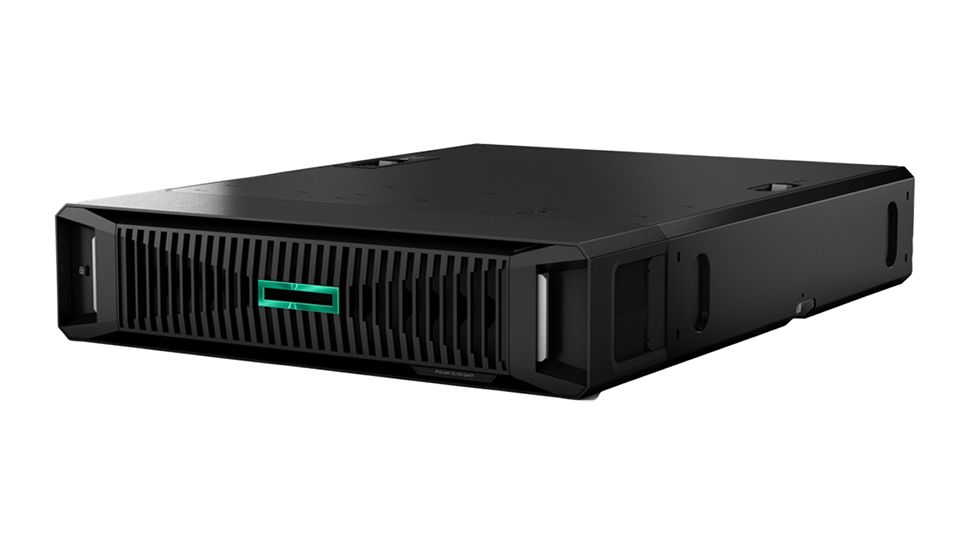In 2020, the European Parliament published an informative document that established “a growing concern that citizens, companies and Member States of the European Union (EU) are gradually losing control over their data, on their capacity for innovation and about their ability to shape and impose legislations in the digital environment.”
In the heart of the matter is the domain that the tastes of Amazon, Microsoft and Google have established in the European cloud computing market. One of the effects of its success is that the region now faces significant challenges to ensure that the data is subject to government laws and structures of the country or region in which it is collected, stores or processed.
For organizations based in the EU that house their data with headquarters based in other places, this raises serious questions about who has jurisdiction on that data and if it can be governed by foreign legal frameworks beyond their control.
Let's also be clear: leading hyperscalers in the market offer efficiency, scale and a large number of other convincing advantages. All are highly innovative trust suppliers that have transformed how companies operate and allowed extraordinary digital progress at speed and scale.
Thousands of European organizations trust, and will continue to trust these brands for a good reason. At the same time, however, it is also vital that organizations understand that where they store their data, and under whose jurisdiction it falls, it has implications far beyond it.
Whether seen through a political, economic or operational lens, the sovereignty of the data is important. In some scenarios, it can shape access rights, trigger regulatory obligations or even expose organizations to geopolitical risk.
For example, laws in a country could force a cloud supplier to share data stored in another, a problem that has been marked in relation to executive powers and national security mandates available to foreign governments.
So how is the landscape changing? First, there are a series of promising European cloud initiatives, which include regulatory developments, marks of sovereign clouds and consortium -based models designed to create local alternatives to the hyperscalera battery all in one. However, these solutions are not exempt from challenges, with cost, fragmentation, scalability and adoption obstacles potentially on the path of an effective regional system.
For many organizations, a complete change is not viable due to problems such as existing investment commitments, operational complexity and the simple absence of mature, similar alternatives, which can match the scale and capacities of established suppliers.
The United States hyperscalers are also entering the spot. This time last year, for example, AWS announced plans to invest 7.8 billion euros in the AWS European sovereign cloud, an initiative that, according to the company, reinforces its “commitment to offer customers the most advanced set of sovereignty controls, privacy safeguards and security characteristics available in the cloud.”
It remains to be seen how this develops, but any route organization favors the search for the sovereignty of the data, access to choice and autonomy on where your data is stored is likely to grow in importance as time passes.
The role of smart data management
For European organizations in this position, and there are many, the good news is that they do not need to wait for systemic changes in the cloud panorama to start recovering control. The sovereignty of the data can be addressed today through the implementation of modern neutral data management technologies in the supplier, which allow them to visualize all their data panorama and apply policies consisting of disparate storage environments.
Armed with a unified view of their data in cloud and local environments, organizations can make informed decisions about what data to store, where to store it and the best way to safeguard it.
The obvious starting point is visibility because, without knowing what data exists, where it resides and how it moves, companies fly blindly. This is particularly significant and challenging in contemporary environments of multiple clouds and hybrid clouds, where data can be extremely fragmented, often with little consistency or supervision.
But by establishing a clear image of all data assets, classifying them according to sensitivity and commercial value and ensuring that local copies of critical data are always available, IT management can also enforce the policies that are aligned with the governance and regulation requirements.
In the end, this is not just a problem of technology and geography; It is much deeper to cover everything, from commercial resistance and compliance to control and, ultimately, customer confidence. The digital future of Europe will depend not only where their data live, but who can access it, govern and protect them.
As the information on the sovereignty of the European Parliament concludes, “building a safe paneuropean data frame and adopting new standards and practices to provide reliable and controllable digital products and services would ensure a safer digital environment.”
We list the best cloud storage.
This article was produced as part of the Techradarpro Insights Expert Channel, where we present the best and most brilliant minds in the technology industry today. The opinions expressed here are those of the author and are not necessarily those of Techradarpro or Future PLC. If you are interested in contributing, get more information here:









